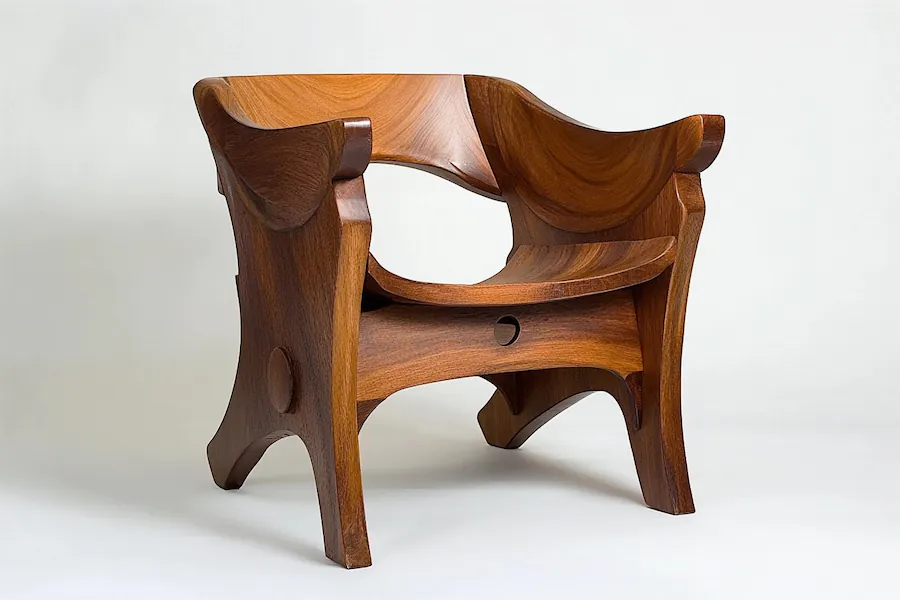An Arts and Crafts chair embodies the principles of the Arts and Crafts movement, emphasizing handcrafted quality, natural materials, and functional design.
History and Origins of Arts and Crafts Chairs
Emerging in the late 19th century as a reaction against industrial mass production, the Arts and Crafts movement sought to revive traditional craftsmanship and promote simple, honest design. Pioneers like William Morris and Gustav Stickley were instrumental in this movement, creating furniture that showcased meticulous handcrafting and the inherent beauty of natural materials.
Key Features of Arts and Crafts Chairs
- Natural Materials: Crafted primarily from high-quality hardwoods such as oak and walnut, highlighting the wood’s natural grain and texture.
- Handcrafted Joinery: Utilizes traditional construction techniques like visible mortise-and-tenon joints, reflecting the emphasis on craftsmanship.
- Functional Design: Prioritizes utility with straightforward lines and minimal ornamentation, focusing on the chair’s purpose.
- Natural Motifs: Incorporates design elements inspired by nature, such as stylized floral or leaf patterns, aligning with the movement’s appreciation for the natural world.
Applications of Arts and Crafts Chairs
- Dining Rooms: Serve as sturdy and elegant seating options that enhance the dining experience with their timeless design.
- Living Rooms: Function as accent pieces or part of a cohesive Arts and Crafts interior, adding warmth and character to the space.
- Studies and Libraries: Provide comfortable and durable seating, suitable for reading or work environments that value classic design.
Considerations When Choosing an Arts and Crafts Chair
- Authenticity: Seek pieces that adhere to traditional construction methods and materials, ensuring genuine representation of the style.
- Craftsmanship: Examine the quality of joinery and finishes, as true Arts and Crafts furniture showcases superior workmanship.
- Aesthetic Compatibility: Ensure the chair complements existing décor, particularly if integrating into a contemporary setting.
- Comfort: Consider ergonomic aspects, as some designs may prioritize form over comfort; adding cushions can enhance usability.
Conclusion
Arts and Crafts chairs represent a dedication to quality, functionality, and timeless beauty. Their handcrafted nature and emphasis on natural materials make them enduring pieces that continue to enrich interiors with their historical significance and aesthetic appeal.
